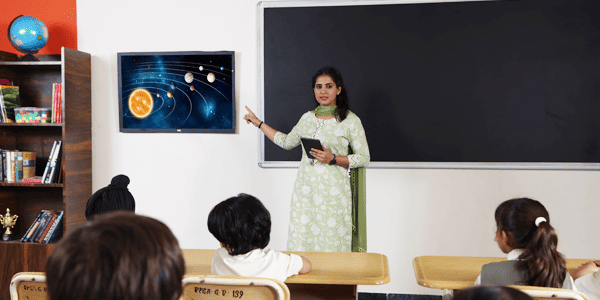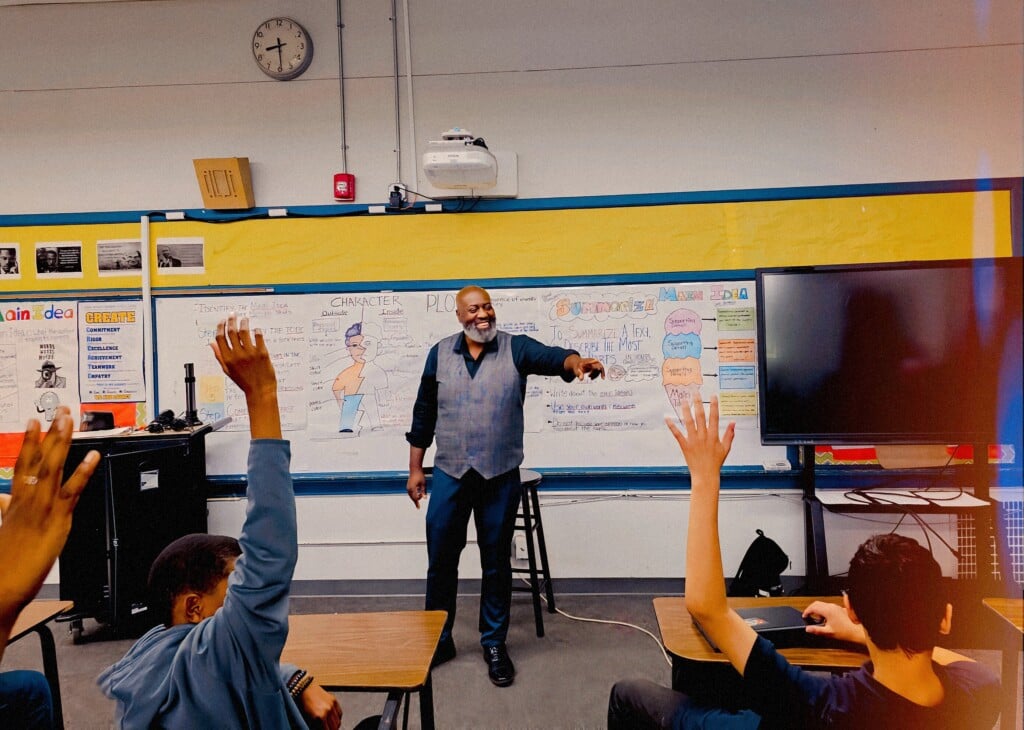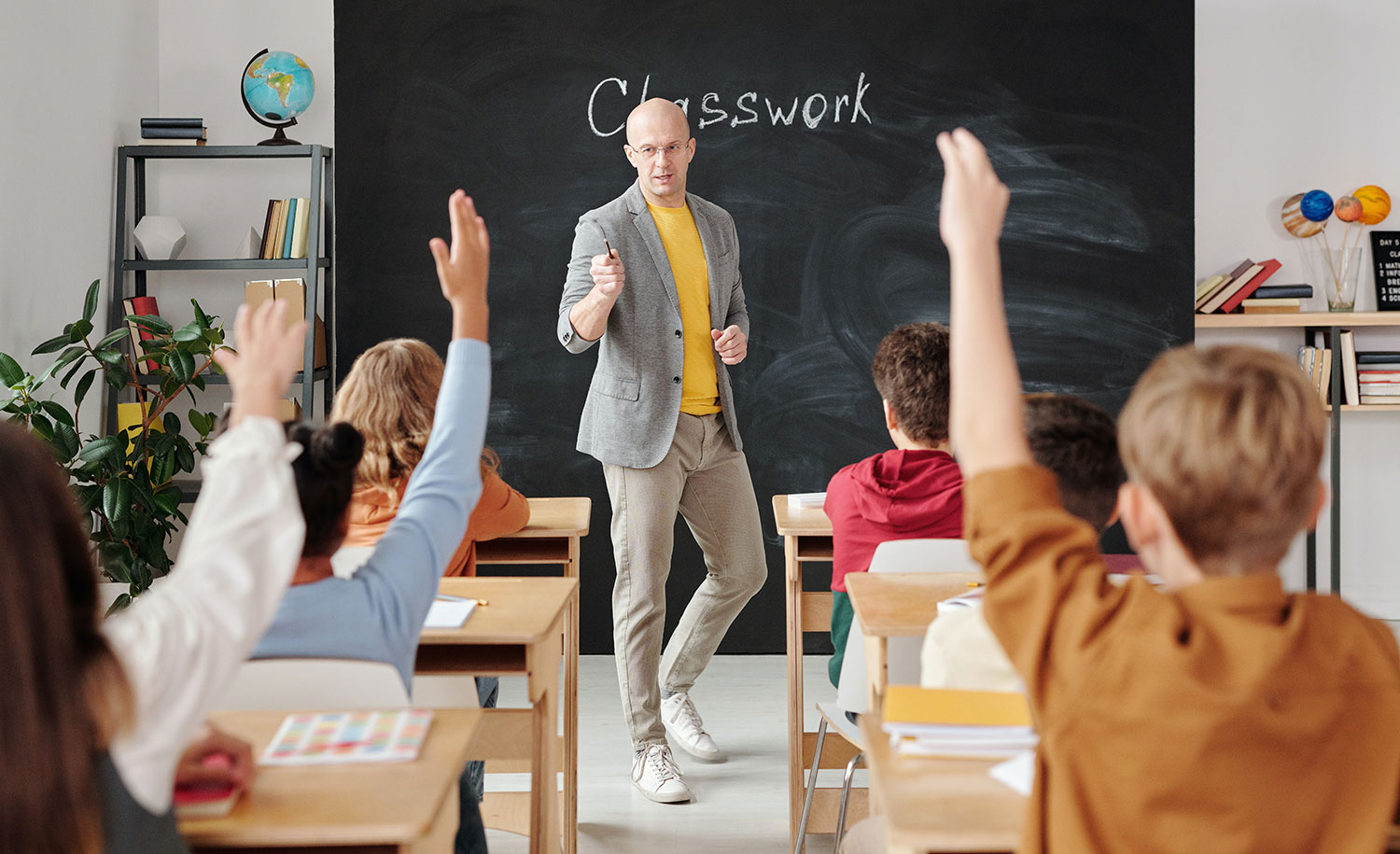Boost Your Child’s Confidence with Primary Science Tuition Singapore
Boost Your Child’s Confidence with Primary Science Tuition Singapore
Blog Article
Exploring the Different Mentor Methods in Primary Scientific Research Education And Learning Today
The landscape of main science education is developing, with various training methods gaining prominence in contemporary class. Inquiry-based discovering, hands-on experiments, and the combination of technology are redefining just how teachers involve young minds. Furthermore, joint strategies and set apart direction are being utilized to satisfy the varied needs of pupils, boosting both involvement and understanding. As we analyze these approaches, concerns emerge regarding their effectiveness and the implications for future academic practices. What might these changes in strategy mean for the future generation of students?
Inquiry-Based Discovering
Inquiry-Based Learning (IBL) is a pedagogical strategy that motivates pupils to explore clinical concepts via doubting, examination, and hands-on experimentation. This method highlights the role of pupils as active individuals in their understanding, promoting crucial thinking and analytical abilities. By engaging with real-world concerns, pupils become interested and motivated, which improves their understanding of scientific concepts.
In IBL, instructors work as facilitators, leading trainees as they navigate their inquiries rather than delivering details directly. This student-centered strategy enables differentiation, accommodating different discovering styles and speeds. Students establish skills in creating hypotheses, developing experiments, and analyzing information, which are vital for scientific proficiency.
Additionally, IBL promotes cooperation among pupils, urging them to share ideas and findings. This collective inquiry promotes social abilities and a feeling of neighborhood within the classroom. Furthermore, the process of questions urges durability, as trainees discover to welcome failing as a tipping stone toward understanding.
Hands-On Experiments
Hands-on experiments are an important component of efficient science education and learning, matching the concepts of inquiry-based discovering. These experiments enable trainees to involve directly with clinical concepts, cultivating a deeper understanding via experiential discovering. By manipulating materials and observing end results, young learners can comprehend abstract theories in concrete means.
Such activities advertise important thinking and analytical skills, as pupils assume outcomes, conduct experiments, and analyze outcomes. This procedure urges them to ask concerns, refine their understanding, and create a clinical way of thinking. Hands-on experiments can be tailored to diverse discovering styles, ensuring that all pupils have the possibility to involve meaningfully with the web content.
Moreover, hands-on experiments typically urge cooperation among peers, promoting synergy and communication abilities. Operating in teams makes it possible for students to share ideas, discuss findings, and gain from each other, which improves their total educational experience.
Incorporating hands-on experiments right into the key science curriculum not just enhances the finding out environment yet likewise cultivates a lifelong interest in science. By proactively getting involved in their education, trainees are most likely to develop a passion for clinical inquiry that prolongs beyond the class.

Technology Integration
Incorporating modern technology into primary science education has actually ended up being increasingly essential in cultivating pupil interaction and improving learning end results. Making use of digital devices, such as interactive simulations, virtual laboratories, and instructional software application, gives pupils with possibilities to discover scientific principles in innovative means. These resources assist in a much deeper understanding of intricate subjects by permitting learners to picture and adjust variables that would be not practical in a standard classroom setting.
Furthermore, technology integration encourages personalized finding out experiences. Students can advance at their very own speed, taking another look at difficult ideas with multimedia resources, which cater to various discovering styles. This flexibility not just supports individual growth but also grows a sense of freedom in students.
In addition, technology serves as a bridge to real-world science, attaching students with present research and professional contributions. Access to on the internet data sources and clinical journals broadens trainees' viewpoints on scientific questions and promotes important believing abilities.
Collaborative Understanding
Collective understanding plays a vital function in main scientific research education by cultivating teamwork and interaction skills among trainees. This method encourages learners to work with each other, share understanding, and involve in problem-solving, which enhances their understanding of clinical concepts. By taking part in team activities, students discover to articulate their ideas, listen to varied point of views, and bargain remedies, every one of which are important abilities in both academic and real-world contexts.

Study indicates that collaborative discovering can result in enhanced inspiration and interaction in science topics, as students locate satisfaction in shared experiences (primary science tuition Singapore). In addition, this method prepares trainees for future joint undertakings, outfitting them with the skills essential for reliable teamwork in greater education and expert atmospheres. Ultimately, welcoming collective discovering in primary science education and learning can substantially enhance the knowing experience and promote a deeper understanding of clinical inquiry
Differentiated Instruction

Distinguished guideline can materialize in various methods, such as differing the content, procedures, or items of learning. As an example, instructors might make great site use of tiered tasks that offer varying levels of complexity, allowing students to operate at their corresponding readiness degrees. In addition, versatile grouping methods can facilitate cooperation amongst pupils with different capacities, promoting peer discovering.
Assessment plays a critical function in this approach, as it educates direction and helps teachers comprehend each trainee's unique needs. Developmental assessments, such as quizzes and monitorings, can guide educators in adjusting their techniques to improve discovering results. primary science tuition Singapore. Inevitably, by carrying out set apart guideline in main science education and learning, instructors can grow an extra equitable and effective knowing environment, empowering all pupils to reach their complete possibility in comprehending scientific sensations
Conclusion
In recap, the varied training strategies in key scientific research education, including inquiry-based understanding, hands-on experiments, modern technology assimilation, collaborative knowing, and differentiated direction, collectively contribute to a more effective understanding setting. These methods promote crucial reasoning, analytical abilities, and a much deeper comprehension of clinical ideas. By implementing my website these strategies, educators can produce engaging and supportive class that resolve the varied needs of pupils, inevitably cultivating a lifelong passion in scientific research and improving scholastic achievement.
Inquiry-Based Understanding (IBL) is an instructional technique that encourages pupils to explore clinical ideas through doubting, investigation, and hands-on trial and error.Collaborative knowing plays a vital role in key science education and learning by fostering teamwork and communication abilities among trainees.Study shows that joint understanding can lead to raised inspiration and involvement in science subjects, as trainees find pleasure in shared experiences.In promoting a comprehensive understanding environment, set apart direction emerges as a crucial approach to fit the diverse demands and capabilities of pupils in main scientific research education. Ultimately, by carrying out set apart guideline in key science education and learning, teachers can grow a more reliable and fair learning environment, equipping all students to reach their complete possibility in comprehending scientific sensations.
Report this page